How Long Does Mad Honey Intoxication Last? Discover How Long Does Mad Honey Last

Mad honey intoxication can leave many feeling confused and worried. If you've consumed a type of honey that causes dizziness, nausea, or other strange symptoms, you might wonder how long the effects will last.
This uncommon yet fascinating condition occurs because certain honey contains toxic compounds from rhododendron flowers.
Mad honey, known for its connection to grayanotoxins, has been used for centuries in regions like Nepal and Turkey. While some seek it out for unique effects or health reasons, overconsumption often leads to unpleasant symptoms.
Understanding how long mad honey lasts is key to handling its impact safely.
This blog explains what happens during mad honey intoxication and how long it affects the body. It also explores ways to manage it and tips to avoid future issues. Keep reading to learn all about this sweet mystery!
What is Mad Honey Intoxication?
Mad honey intoxication occurs after consuming honey contaminated with grayanotoxins. These natural toxins come from the nectar of *Rhododendron* plants, commonly found in specific regions like Turkey and Nepal.
The unique composition of this toxic honey makes it popular as an aphrodisiac and alternative treatment for conditions like hypertension or gastrointestinal disorders.
Grayanotoxins affect the body by disrupting sodium channels in cell membranes, often leading to dizziness, blurred vision, and nausea. Some users seek it out despite its risks due to its psychoactive effects or medicinal claims.
This "poisonous honey" demonstrates how a natural product can pose dangers when used incorrectly or consumed excessively.
Symptoms of Mad Honey Intoxication
Mad honey intoxication can trigger a range of physical and neurological symptoms. The intensity of these effects often depends on the amount consumed and individual sensitivity.
Mild symptoms
Mild symptoms of mad honey intoxication can appear shortly after consuming this unique honey. These early signs often indicate your body’s reaction to grayanotoxins in the honey.
- Dizziness occurs as one of the first signs, making it hard to maintain balance or focus.
- Blurred vision disrupts clarity, making objects and surroundings appear fuzzy or unclear.
- Diplopia, or double vision, may develop, causing two overlapping images to be seen simultaneously.
- Nausea sets in quickly, leaving a sensation of discomfort in the stomach.
- Vomiting follows nausea in some cases, forcing the body to expel contents abruptly.
- Vertigo creates a feeling of spinning that worsens movement or posture changes.
- Headaches range from mild to sharp pain and may last for hours during this stage.
- Sweating increases noticeably, producing damp skin even without physical activity.
- Paresthesia leads to tingling sensations on the skin, often around hands and feet.
These symptoms usually resolve with time as the toxins wear off from the system.
Severe symptoms
Severe symptoms of Mad Honey Intoxication occur with higher consumption or severe reactions. These effects can impact the heart, muscles, and overall coordination.
- Loss of consciousness happens in extreme cases due to disrupted brain activity. This requires urgent medical attention.
- Muscle weakness develops as toxins interfere with normal nerve signals. Movements may feel difficult or sluggish.
- Excessive salivation occurs when the body can't regulate saliva production properly. This is a warning sign to monitor closely.
- Lack of coordination makes daily tasks like standing or walking challenging for the person affected.
- Fainting episodes might result from low blood pressure caused by honey toxins affecting circulation and heart function.
- Slow heart rate, also called bradycardia, may arise, lowering oxygen supply to vital organs and worsening other symptoms.
- Low blood pressure can lead to dizziness and fatigue, increasing risks of falls or injury if untreated.
- Irregular heartbeat patterns reflect cardiac stress from grayanotoxins in mad honey and need medical review.
- Seizures might result from imbalanced brain signals triggered by toxic compounds impacting neurological systems.
- Cardiovascular problems such as hypotension or atrial fibrillation highlight serious risks requiring immediate care.
Duration of these symptoms often depends on dose and individual recovery rates which will be explained next under "Duration of Mad Honey Intoxication.
Duration of Mad Honey Intoxication
The effects of mad honey intoxication can vary based on the amount consumed. Some factors may extend or shorten how long symptoms persist.
Average duration of effects
Symptoms of mad honey intoxication often last less than one day. Most individuals recover within a period ranging from 24 hours to a few days, depending on the severity and quantity consumed.
Fatalities are rare but have been documented in severe cases. Mild cases typically resolve faster, while more intense symptoms may take slightly longer to subside.
Factors affecting duration
The duration of mad honey intoxication varies among individuals. Several factors influence how long the effects persist.
- Individual health conditions can slow or speed up recovery. People with heart or liver issues may experience prolonged symptoms.
- The concentration of natural toxins in the honey directly impacts symptom severity and duration. Honey collected during certain seasons tends to have higher toxicity levels.
- The amount consumed plays a critical role. Larger doses often result in longer-lasting effects and more intense intoxication.
- Tolerance to natural toxins differs from person to person. Some individuals may process the compounds faster due to genetic differences.
- Metabolism rates significantly affect how quickly toxins are eliminated from the body. Faster metabolisms can reduce the time intoxication lasts.
- The botanical origin of mad honey impacts its toxicity level. Honey produced from rhododendrons with higher grayanotoxins leads to prolonged effects.
- Delayed treatment for severe cases increases recovery time. Seeking medical care when symptoms worsen is essential for faster relief.
- Dehydration can extend symptom duration by slowing down toxin clearance from the system.
- Combining mad honey with substances like alcohol or cannabis may intensify and prolong its effects on the body.
- Age influences how long intoxication lasts, with older adults often facing slower recovery times due to reduced organ efficiency.
How Long Does Mad Honey Stay in the System?
The body metabolizes mad honey differently based on individual factors. Its presence in the system can vary depending on the amount consumed and overall health.
Elimination timeline
Grayanotoxin, the compound in mad honey responsible for intoxication, metabolizes quickly. Most of it clears from the system within 24 hours through excretion.
Symptoms from mad honey poisoning usually subside within a day due to this fast elimination process. Recovery often happens in less than 24 hours but can take up to a few days in some cases.
Variables influencing clearance
Mad honey intoxication varies in duration based on specific factors. These variables directly impact how the body processes and eliminates mad honey.
- Individual metabolism rates affect how quickly the body processes toxins. Faster metabolisms clear substances more rapidly, while slower ones prolong symptoms.
- The amount of honey consumed significantly influences clearance time. Higher doses result in longer-lasting effects due to increased toxin levels.
- Overall health and medical history play a vital role. Conditions like liver or kidney disease may slow down toxin elimination.
- Liver function is critical as this organ metabolizes toxins. A healthy liver ensures quicker detoxification, whereas a compromised liver delays it.
- Kidney function supports toxin excretion through urine. Impaired kidneys can hinder clearance, prolonging intoxication effects.
- The absorption rate determines how quickly the honey enters the bloodstream. Faster absorption intensifies and extends symptoms, while slower rates lessen them.
- Distribution in the body affects where toxins accumulate temporarily before elimination begins.
- Excretion pathways such as urine and bile are essential for clearing toxins from the body effectively.
- Drug interactions can either speed up or slow down clearance depending on competing metabolic pathways within the system.
- Toxicity levels rise with higher concentrations of grayanotoxin in mad honey, delaying complete recovery time for individuals exposed to larger quantities.
Understanding these variables helps manage expectations about how long mad honey may stay active in the system before elimination occurs entirely leading to recovery discussions next.
Managing Mad Honey Intoxication
Drinking plenty of water may help flush out toxins and ease mild discomfort. Seek medical attention immediately if symptoms worsen or persist.
At-home remedies for mild cases
Mild mad honey intoxication can often be managed at home with proper care. Following simple steps can help ease symptoms and support recovery.
- Rest in a quiet space to allow the body to recover from dizziness or weakness. This minimizes potential accidents caused by disorientation.
- Drink plenty of water to stay hydrated if symptoms are mild and manageable without medical intervention. Staying hydrated supports natural detox processes in the body.
- Use intravenous saline for hydration under appropriate guidance if dehydration persists or worsens despite fluid intake.
- Avoid consuming more mad honey after experiencing symptoms, as further intake may worsen the condition and lead to severe effects.
- Monitor vital signs such as heart rate or blood pressure closely during rest periods. Seek medical attention immediately if these show significant changes.
- Eat light meals that do not strain digestion, as nausea or upset stomachs are common among mild cases of poisoning.
- Practice breathing exercises to manage discomfort caused by dizziness or a fast heartbeat naturally while staying calm.
- Take note of worsening symptoms like chest pain or prolonged vomiting and contact healthcare providers promptly if they arise during observation at home.
- Keep someone nearby who can assist during recovery in case sudden complications occur that require immediate action or medical intervention.
- Follow up with a doctor later if lingering side effects last longer than expected, even after initial improvements from DIY treatments for mild mad honey intoxication at home are observed.
When to seek medical attention
Seek medical attention if dangerously low blood pressure or a slow heart rate occurs. Signs like extreme dizziness, fainting, or confusion require immediate care. Prolonged symptoms lasting more than a few hours indicate the need for professional help.
Contact emergency services for breathing difficulties, seizures, or impaired consciousness. Watch out for pale skin, dilated pupils, and nausea with vomiting as potential warning signs.
Risks of Prolonged Mad Honey Intoxication
Prolonged mad honey intoxication can lead to organ damage and severe cardiovascular complications. Persistent exposure increases the risk of life-threatening conditions that require urgent medical attention.
Long-term health effects
Grayanotoxin poisoning can lead to cardiac arrhythmias, causing irregular or rapid heartbeats. Prolonged exposure increases the risk of myocardial infarction and ischemic heart disease, potentially leading to permanent damage.
Chronic mad honey toxicity might trigger persistent heart rhythm disturbances. Severe cases in history have resulted in fatal honey intoxication, highlighting the dangers of long-term grayanotoxin effects on cardiovascular health.
Potential complications
Long-term health effects of mad honey intoxication can lead to severe complications. Understanding these risks helps users take precautions and seek care if needed.
- Cardiac issues may occur, such as atrioventricular block, which disrupts heart rhythms. This condition requires immediate medical attention to prevent worsening.
- Severe low blood pressure poses significant risks. It can lead to fainting or shock and may demand emergency intervention.
- Respiratory problems, including respiratory depression, make breathing difficult. These issues can escalate without proper treatment.
- Impaired mental function might arise due to toxicity. Symptoms like confusion or reduced alertness affect daily activities and decision-making.
- Prolonged ingestion increases the likelihood of adverse effects on vital organs. Regular exposure heightens the severity of intoxication symptoms over time.
- Untreated cases can result in life-threatening complications, including coma or multi-organ failure.
- Hospitalization is necessary for severe reactions involving cardiac or breathing complications that do not improve at home.
- Improper management delays recovery and worsens outcomes for those affected by repeated exposure to toxins in mad honey.
- Risk of permanent damage grows with delayed medical treatment after noticing early symptoms of intoxication.
Tips to Avoid Mad Honey Intoxication
Check the source of honey carefully before consuming it to ensure safety. Learn the signs of mad honey to reduce the risk of accidental poisoning.
Identifying mad honey
Mad honey has a bitter and sharp taste that can irritate the throat. This toxic honey contains compounds like acetylandromedols and andromedotoxins, which cause its poisonous effects.
Higher toxicity levels are common in spring due to fresh nectar sources from certain plants. Honey with these characteristics often comes from regions where rhododendrons grow abundantly.
Always avoid consuming large amounts of suspicious or irritating honey flavors.
Recommended consumption limits
Identifying mad honey helps avoid its toxic effects, but understanding safe consumption is critical. Even a teaspoon can cause poisoning. Consuming 15-30 grams often leads to intoxication.
For those using it as a sexual stimulant, men aged 40-60 face a higher risk due to frequent overconsumption.
To prevent honey poisoning, start small and limit intake. Avoid consuming more than one teaspoon at once. Always purchase from reputable sources with clear labeling to ensure quality and reduce risks of exposure to grayanotoxin-laden honey.
Following these simple guidelines promotes safer use without compromising health benefits or enjoyment.
Conclusion
Mad honey intoxication is intense but typically short-lived. Most people recover within 24 hours to a few days with proper care. The effects depend on how much grayanotoxin enters the body and individual health factors.
Consuming mad honey safely means understanding its risks and respecting recommended limits. Stay informed to reduce dangers and enjoy responsibly.
FAQs
1. What is mad honey intoxication?
Mad honey intoxication happens when someone consumes honey made from nectar containing grayanotoxins, which can cause dizziness, nausea, and other symptoms.
2. How long does mad honey intoxication last?
The effects of mad honey usually last between 24 to 48 hours but may vary depending on the amount consumed and individual tolerance.
3. Can the duration of symptoms be reduced?
Drinking water and resting can help ease mild symptoms. Seek medical care if severe signs like low blood pressure or irregular heartbeat occur.
4. Is it safe to consume small amounts of mad honey?
In small doses, some people use mad honey for health benefits, but consuming too much increases the risk of intoxication lasting longer. Always consult a doctor before using it.


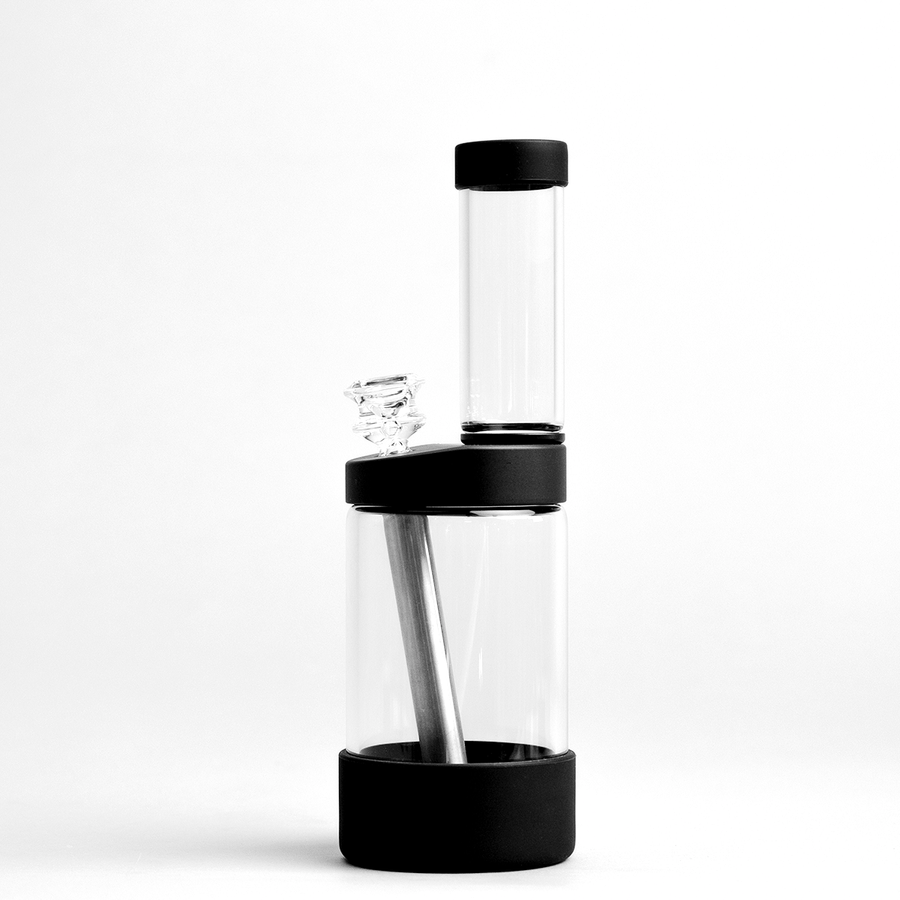



![Vessel Helix Pipe [Copper] - Headshop.com](http://www.headshop.com/cdn/shop/files/ad3c0443-b76d-4fe5-84b8-a617dd50a950.jpg?v=1747419387&width=900)
![Vessel Helix Pipe [Copper] - Headshop.com](http://www.headshop.com/cdn/shop/files/7b0e06e3-9106-4684-80e4-408362c34085.jpg?v=1747419388&width=1000)
![Vessel Wood Vape Pen Battery [White/Beechwood] + - Headshop.com](http://www.headshop.com/cdn/shop/files/4ecd5d0f-363a-454e-a7a0-229fb93bf456.jpg?v=1725470645&width=900)
![Vessel Wood Vape Pen Battery [White/Beechwood] + - Headshop.com](http://www.headshop.com/cdn/shop/files/d232e493-09e6-4574-b44c-3e2bde9425b4.jpg?v=1725470647&width=1000)
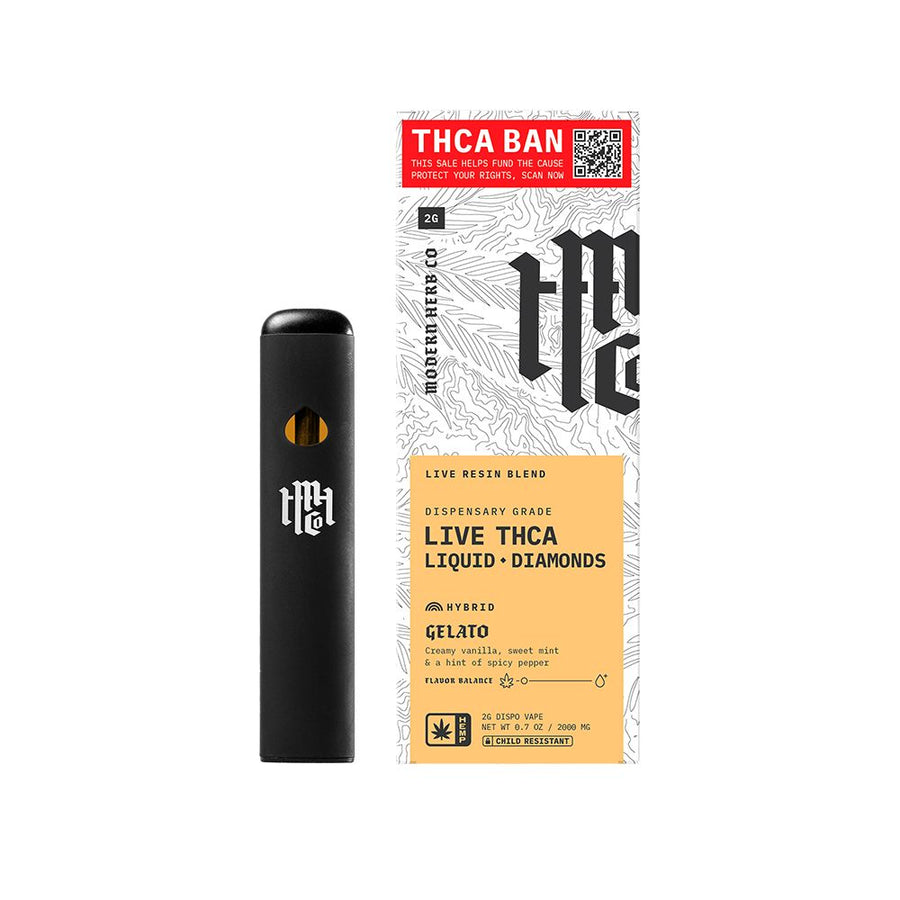
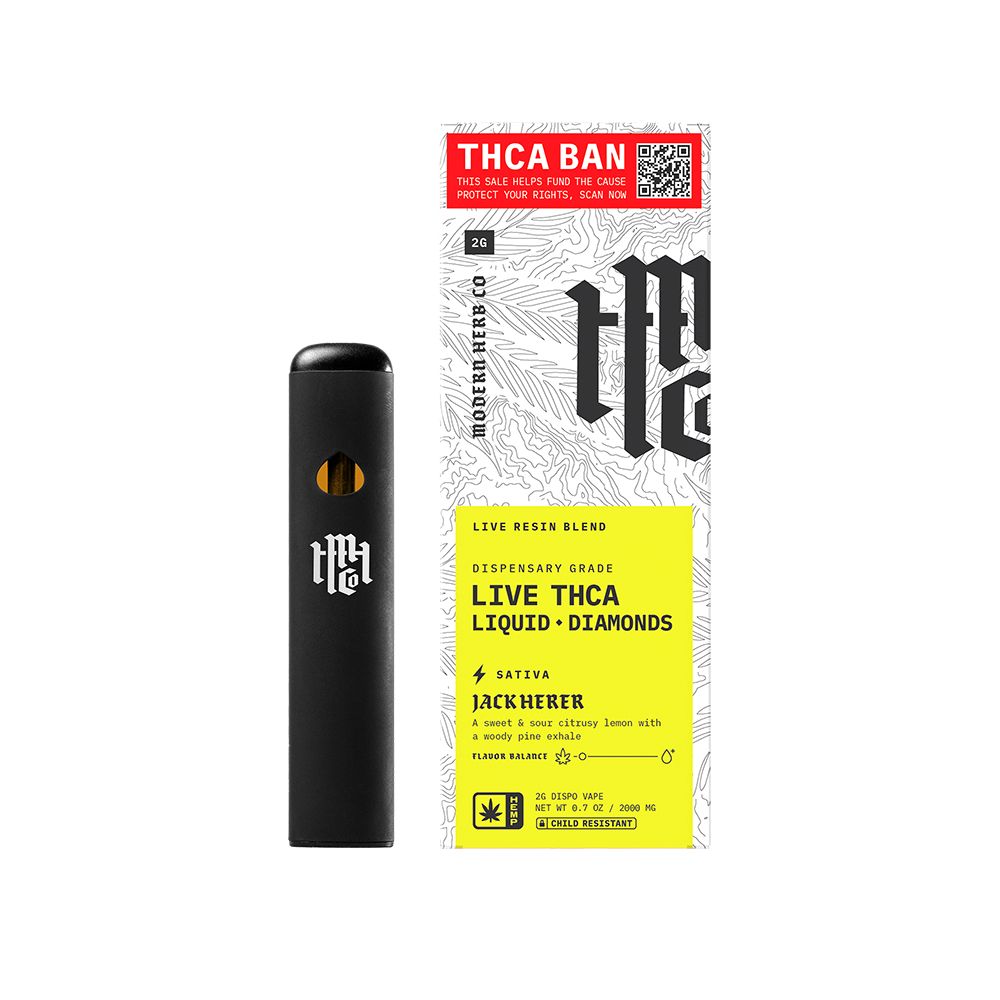
![Vessel Compass Apex Charger [Black] - Headshop.com](http://www.headshop.com/cdn/shop/files/f10e6bf4-6ce7-4a59-a50e-a4184f069754.jpg?v=1729115238&width=900)
![Vessel Compass Apex Charger [Black] - Headshop.com](http://www.headshop.com/cdn/shop/files/dce98c70-346c-405f-aca8-d59c7feed96d.jpg?v=1729115240&width=1000)

![Vessel - Mill [Beechwood] Vessel - Mill [Beechwood]](http://www.headshop.com/cdn/shop/files/MILL_GUNMETAL_BEECH_COLLAPSED_FRONT_800.jpg?v=1744308513&width=600)
![Vessel - Cone [Onyx] Vessel - Cone [Onyx]](http://www.headshop.com/cdn/shop/products/6f51074a-2173-4ab4-876d-22a84764eb5d.png?v=1679517316&width=600)

![Vessel - Air [Jade] Vessel - Air [Jade]](http://www.headshop.com/cdn/shop/products/7cd436a1-b1f0-4e01-9e52-050ad7140b56.png?v=1679506090&width=600)
![Pipe by Vessel [Rose Gold] Pipe by Vessel [Rose Gold]](http://www.headshop.com/cdn/shop/files/Pipe_Rose_Gold_Closed.jpg?v=1744306576&width=600)
![Vessel Helix Pipe [Black] - Headshop.com](http://www.headshop.com/cdn/shop/files/Pipe_Black_Angle.jpg?v=1744306153&width=900)
![Vessel Helix Pipe [Black] - Headshop.com](http://www.headshop.com/cdn/shop/files/Pipe_Black_Closed.jpg?v=1744306155&width=1000)
![Vessel Compass Rise Vape Bar [Crimson] - Headshop.com](http://www.headshop.com/cdn/shop/files/fc3fd52a-2783-4fac-bd38-bc4f2013a889_5466b32d-da71-427f-8737-bf7d7f5f2c77.jpg?v=1735253136&width=900)
![Vessel Compass Rise Vape Bar [Crimson] - Headshop.com](http://www.headshop.com/cdn/shop/files/66947a99-195c-4deb-b29e-03443ebebd5a_32c35e3d-ba1b-4d4d-a879-3886d37bddf7.jpg?v=1735253136&width=1000)


![Vessel - Ember [Gold] Astray - Headshop.com](http://www.headshop.com/cdn/shop/files/20220106_EMBER_BRASS.jpg?v=1744309601&width=900)
![Vessel - Ember [Gold] Astray - Headshop.com](http://www.headshop.com/cdn/shop/files/20220106_EMBER_BRASS_WITH_AIR.jpg?v=1744309601&width=1000)
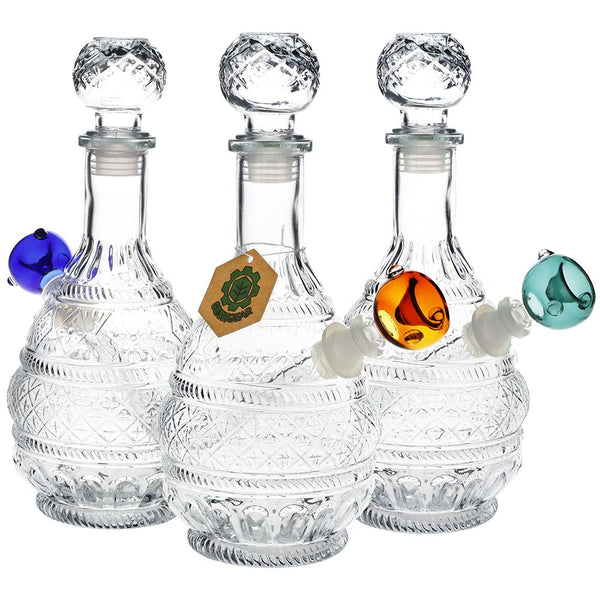
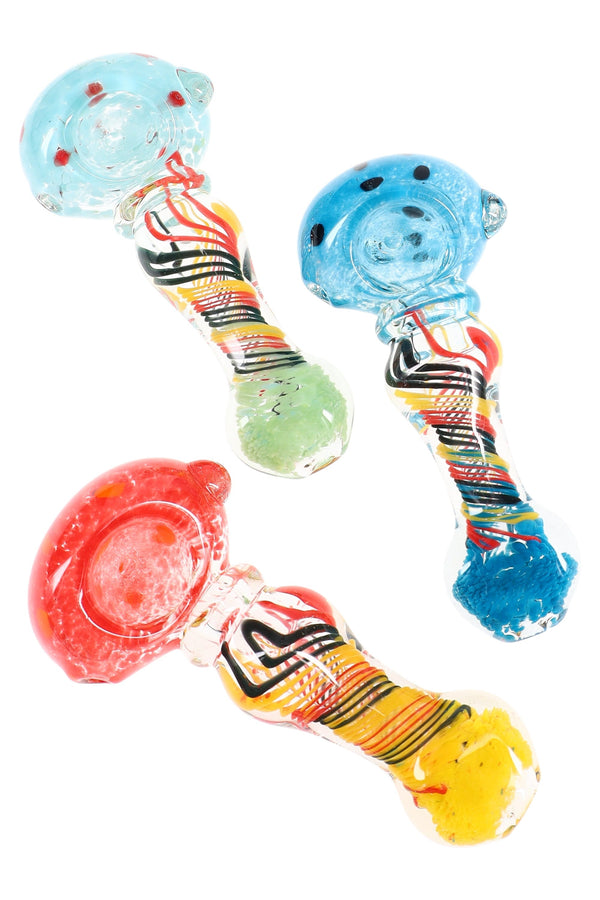
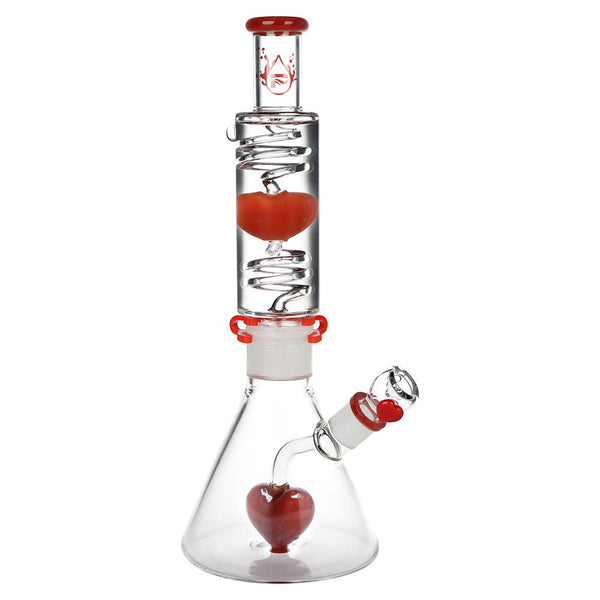

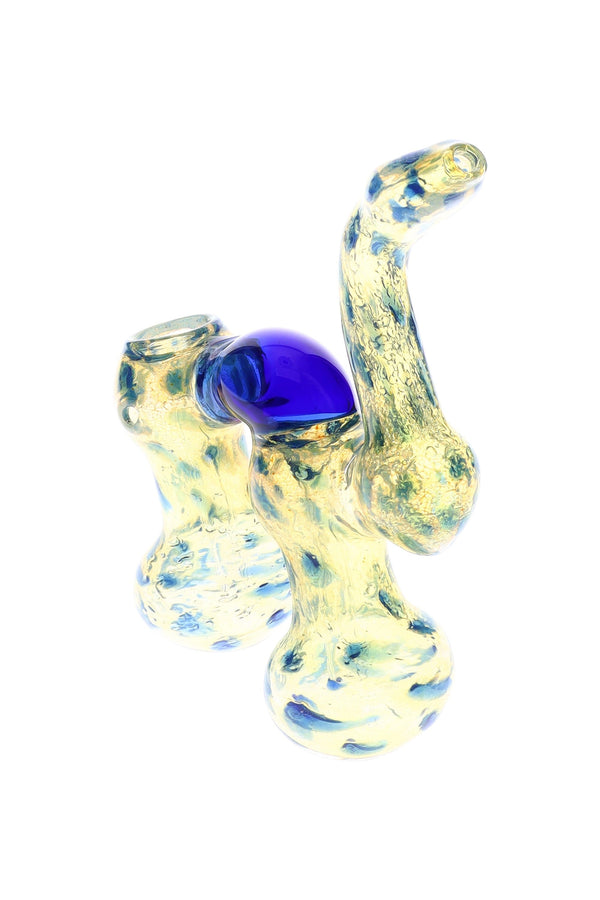



![Pipe by Vessel [Gunmetal]](https://cdn.shopify.com/s/files/1/0585/8462/9443/files/Pipe_Gunmetal_Angle_500x500.jpg?v=1744306453)













